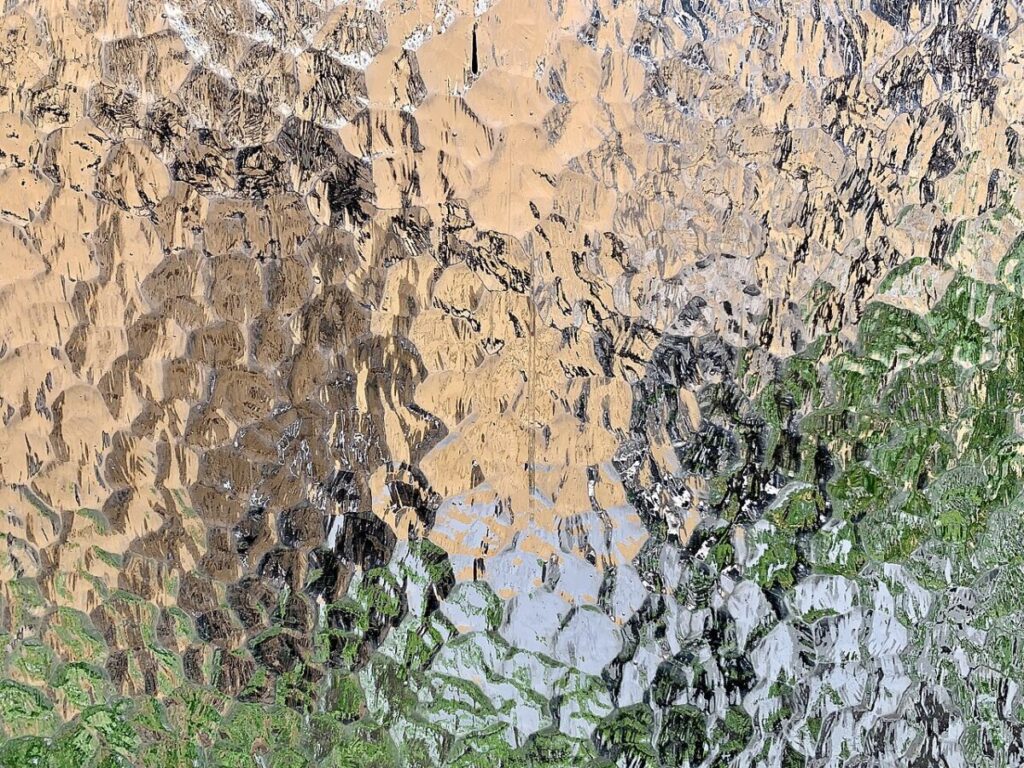Scientists have compared conventional PV modules with homemade BIPV panels with thicker glass with a pattern. They tested them both under standard conditions and outdoors under Korean summer conditions. The yield turned out to be only 0.5% lower in the BIPV module with structured.
Researchers from South Korea have built a building-integrated photovoltaic (BIPV) system that uses glass with pattern for its aesthetic qualities and analyzed against a conventional module. In contrast to earlier studies that reported lower energy yields in BIPV systems, the findings of this recent study have only shown minimal loss.
“Various studies have reported that BIPV modules often show low performance, such as reduced module capacity, because of their designs and optical properties,” the team explained. “However, the test monster module with glass with pattern overcomes these limitations while retaining attractive aesthetics. These improved performance were attributed to the glass surface morphology and the vertical orientation on the south in relation to the latitude of the sun. “
The BIPV and reference modules have used two half monofacial passivated emitter and rear contact (perc) cells. The front and rear capsulation agents were made of 500 um transparent ethylene vinylacetate (EVA) and the black back was made of 350 um polyethylene (PE) and polyethylene-terefhtalate (PET). The conventional module was made with 3.2 mm thick conventional glass, while the BIPV module 5 mm glass used with a pattern.
“This type of glass is often used in architectural and interior applications where privacy and light diffusion are the key, which offers a unique visual texture that mimics the appearance of raindrops,” the team explained. “In this process, semi-melted glass passes between two metal rolls, one or both engraved with a pattern, reducing the design on the glass to create a structured surface. In conventional modules, metal components such as buses and fingers are easily visible, but with glass glass they are darkened. “
Under standard testing conditions (STC), the non -compplipped cell had a capacity of 7.66 W, while this 7.6 W had with the reference module and 7.57 W at the BIPV module. That 0.4% difference in cell-to-module (CTM) conversion rate is mainly attributed to the lower short-circuit current (ISC) of 7.09 A in the BIPV compared to the 7.13 A in the reference.
Subsequently, even under STC, the team measured external quantity efficiency (EQE), which represents the efficiency of converting incoming photons into electrons. “Up to 500 Nm there were no significant differences in the EQE values of the two modules. After 500 Nm, however, the difference increases to 3.6% at around 780 Nm. The glass sample pattern of the test sample reduced the light transmission, which contributed to a lower ISC and ultimately a lower capacity, “said the academics.
Later the team tested the modules on a roof in the center of South Korea under the summer conditions of June and July. Both modules were aligned south and with a tilt angle of 90Z. The IV parameters, temperature and radiation data were collected every three minutes for both modules.
“The energy yield was measured in the summer for two months and the reference module showed a higher energy yield of 0.5 %,” they explained further. “The test monitor module showed a normalized open-circuit voltage decrease of 0.82%, attributed to the thicker front glass. The test monster module showed a slightly higher normalized short -circuit current of 0.78%. This result is in contrast with the expectations based on the STC and the EQE tests, whereby the reference module is expected to have a higher short-circuit current. However, the normalized short -circuit current followed a different trend in the field. “
Their findings were presented in “Performance comparison of a building -integrated photovoltaic module (BIPV) module with glass glass in Korean weatherPublished in the Journal of Power -Sources progress. Scientists from Korea University in South Korea and the Research Institute of Industrial Science and Technology (RIST) have conducted the study.
This content is protected by copyright and may not be reused. If you want to work with us and reuse part of our content, please contact: editors@pv-magazine.com.

